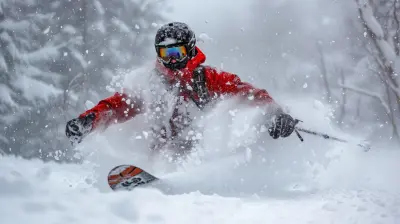Improving Communication on the Field: Tips for Amateur Teams
9 November 2025
Let’s be real—putting together a solid team isn't just about individual skills or the fanciest Nike cleats. It’s about how well everyone works as a unit. And guess what connects that unit? Communication.
If you’ve ever played on a team where someone yells “man on!” and another yells “switch!” while everyone else stands around confused and bumping into each other... yeah, that’s the stuff of amateur sport nightmares.
Whether you’re running up and down a soccer field, calling plays in flag football, or shouting for help during a fast break in basketball, communication is the glue that holds the whole ship together (and keeps it sailing straight).
In this article, we’re going to break down some real, practical tips to help amateur teams talk better, play smarter, and just have more fun. Let’s dive in.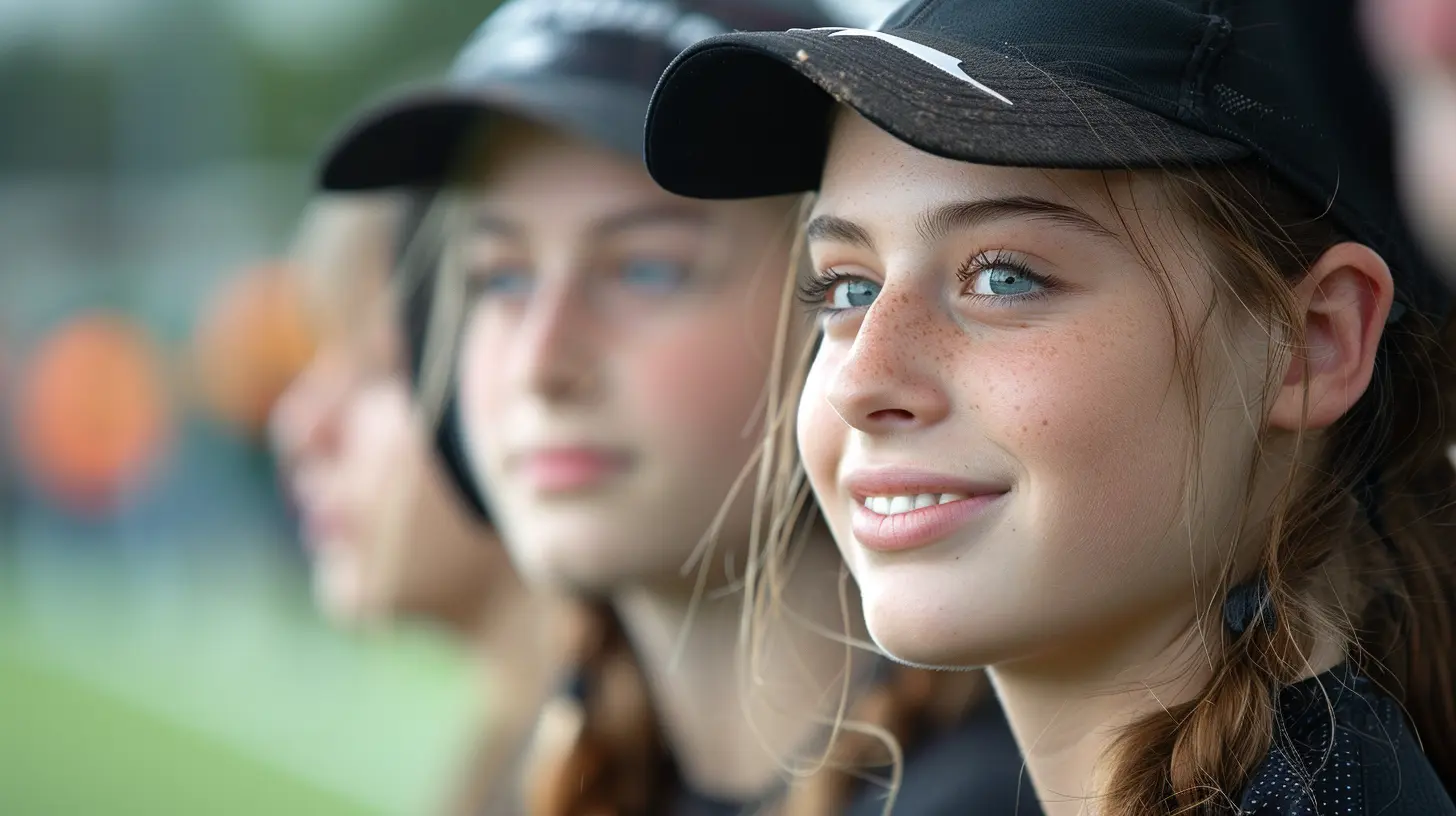
Why Communication is the Secret Weapon in Team Sports
We’ve all heard “communication is key,” right? But let’s actually break that down. On the field, it’s not just about talking. It’s about timing, clarity, trust, and even body language.When your teammate calls for the ball and you pass it without second-guessing—that’s communication. When your defender gives you a shout that lets you know someone’s sneaking up behind—also communication. It’s everywhere.
And here’s the kicker: it's often what separates a scrappy, chaotic group from a well-oiled winning machine.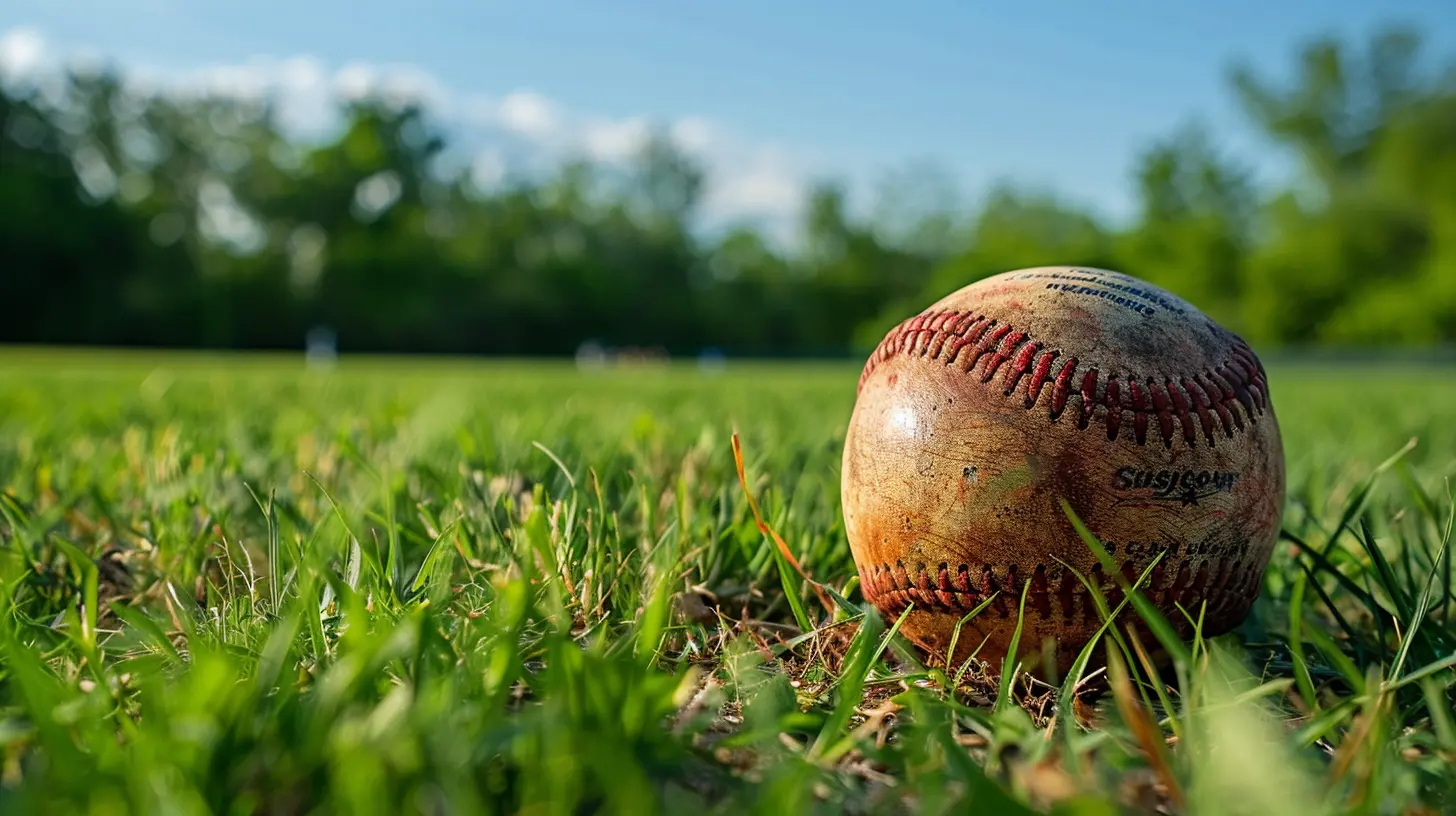
The Biggest Communication Problems Amateur Teams Face
Before we jump into the how-to, let’s look at what usually goes wrong. Recognizing these problems is half the battle.1. Too Quiet on the Field
You’d be surprised how many players freeze up during games. Maybe it’s nerves, or they think someone else will do the talking. Either way, silence is dangerous in team sports.2. Too Many Voices, No Clarity
On the flip side, some teams have everyone shouting at once, and it turns into a mess. The result: confusion, missed passes, and frustration.3. Mixed Signals
Ever had someone say “back” when they meant “drop it behind”? Or they mumble something that no one hears clearly? Yeah, that’s a problem.4. Lack of Trust
If players don’t trust each other’s decisions or commands, they stop listening—and teamwork goes out the window.Sound familiar? Let’s fix all that.
Tips to Improve Communication for Amateur Teams
Now let’s get to the good stuff—actual strategies you can apply this week at practice or in your next game.1. Create a Common Language
No, we're not talking about switching to Klingon. But your team needs a shared vocabulary that everyone understands. If one guy says “through” and someone else says “lead” but they mean the same pass, that’s gonna cause hesitation.Try this:
- Make a list of key terms and what they mean.
- Go over them in practice. Practice calling them out in drills.
- Use hand signals for situations where shouting isn’t practical.
Consistency is everything.
2. Keep It Short and Simple
Think about it—you’ve got milliseconds to make decisions during a game. Keep all your on-field chatter short, clear, and to the point.Instead of:
“Hey, I’m wide open on the left wing!”
Say:
“Left!”
Instead of:
“Mark your man behind you!”
Just yell:
“Man on!”
If you’re constantly giving a TED Talk during a game, something’s gotta change.
3. Practice Talking in Practice (Yes, Really)
If you’re only focusing on physical drills and ignoring the communication side of things, you’re leaving a huge gap in your game.Drills to try:
- Silent drills: Let players run through plays without speaking to see how much they rely on verbal cues.
- Talk-through scrimmage: Encourage as much communication as possible, even over-communicating, during a mini game.
- Communication relay: Practice drills where one player can't see the play and must rely on teammates’ instructions.
The more you make communication part of your practice routine, the more natural it feels on game day.
4. Use Non-Verbal Signals
Sometimes words aren’t enough—or you just can’t hear them. That’s where body language, hand signals, and eye contact come in.- Make eye contact before passing.
- Use hand signals for specific moves (thumb up for a long ball, tap chest for a give-and-go, etc.).
- Use pointing to guide play without shouting.
Quick tip: Be dramatic with your gestures. Subtlety doesn’t work when everyone’s running full-speed and adrenaline is high.
5. Build Trust Off the Field
Here’s an underrated fact—teams that bond off the field usually communicate better on it. Why? Trust.When you know what your teammate is likely to do—because you’ve talked about it or seen it in action—it’s easier to anticipate and coordinate.
How to build that chemistry:
- Grab food after practice.
- Do team-building activities.
- Watch games together and analyze plays.
It doesn’t have to be cheesy. Just showing up for each other outside the lines makes a difference.
6. Appoint a Field General (or Two)
You don’t need a coach screaming at the sideline every second. What you need is someone on the field who can keep the team organized.This could be:
- A vocal central defender
- A controlling midfielder
- Or your most experienced player
Pick someone calm, loud (but not annoying), and respected by others. They can direct traffic, remind players of formations, and boost morale with reassuring words.
7. Encourage Feedback, Not Finger-Pointing
Let’s be honest—amateur games can get heated. Missed passes, dumb mistakes, and frustration can lead to players snapping at each other.Kill that behavior. Fast.
Set a team rule: Criticism is only constructive.
That means:
- No yelling “What are you doing?!” after a mistake.
- Say, “Next time, play it wide” instead.
Also, open the floor after games or practice to talk about what worked and what didn’t. Let everyone contribute.
8. Stay Positive and Stay Loud
You know what’s contagious? Energy. If one player is hustling, calling out plays, cheering for teammates—it rubs off.If you want better communication, you also need enthusiasm and support.
That includes:
- Shouting encouragement after a miss: “Unlucky! Next one’s yours!”
- Yelling out positions: “Back post!”
- Hyping a teammate’s good move: “Yes! Great overlap!”
It’s the difference between a quiet sideline and a pumped-up unit.
9. Reflect and Review After the Game
Here’s where amateur teams can leap ahead—review your communication efforts. Most teams only look at goals and mistakes. But what about the talk?Ask questions like:
- Who spoke the most?
- Were calls clear or confusing?
- Did anyone feel left out of the loop?
You can even record games or scrimmages to watch back and listen to communication. It’s weird at first, but super helpful.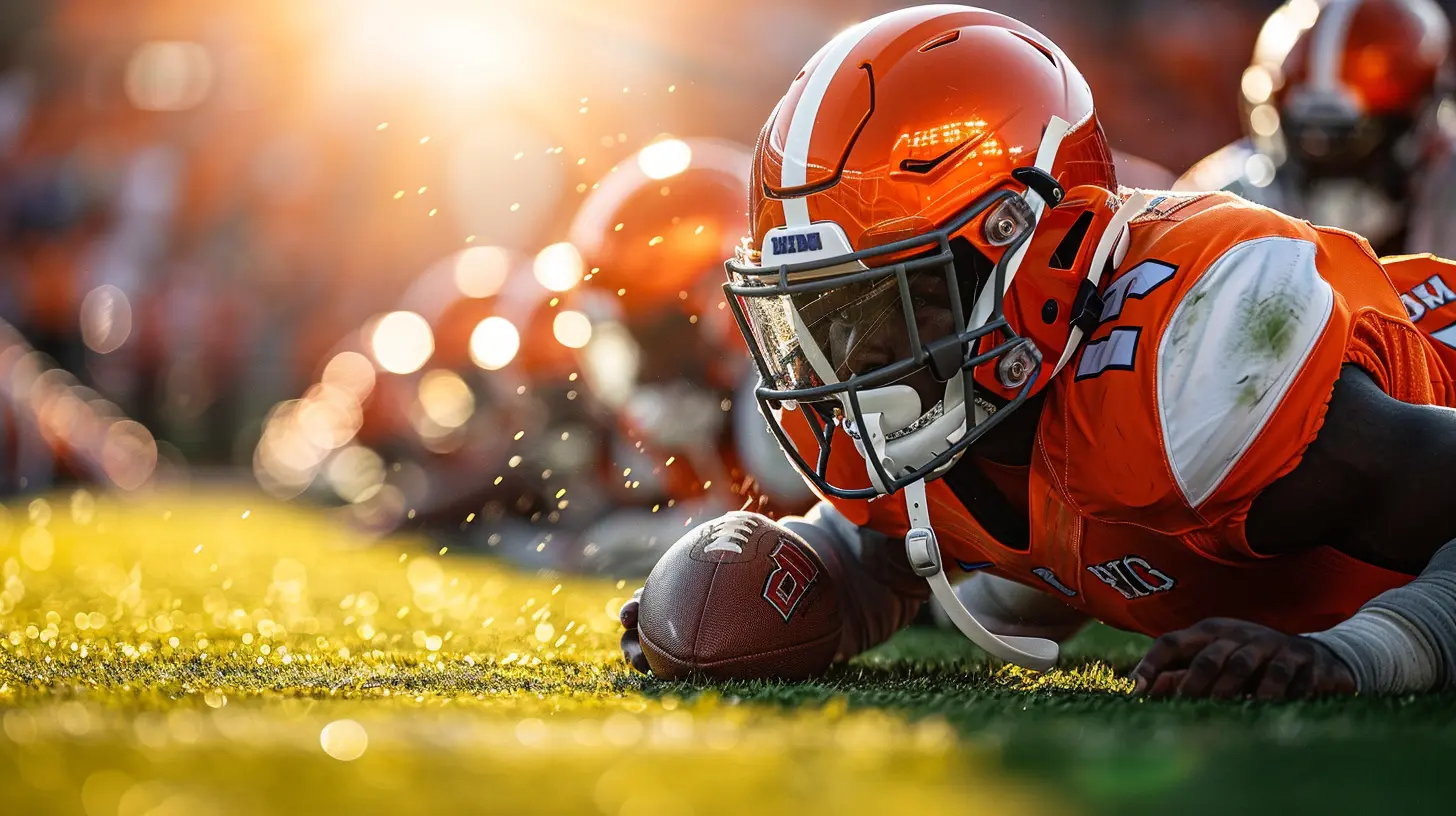
Common Communication Pitfalls to Avoid
Let’s round this out with a few classic mistakes that can quietly ruin team chemistry.❌ Over-Talking
Don’t clog the airwaves with constant yelling. Keep it relevant and situational.❌ Sarcasm
It doesn’t help. If you say “Great pass, bro” after someone messes up, it’s not helping anyone.❌ Pointing Blame
This destroys trust. If someone screws up, pick them up, don’t put them down.❌ Being Too Quiet
Silence is dangerous. If no one’s talking, no one knows what’s going on.Final Thought: Communication Isn’t Just About Words
It’s about connection. It’s about knowing your teammates so well that sometimes a nod, a glance, or a quick shout is all it takes.So if you’re an amateur team looking to level up, don’t just practice your footwork, your shots, or your formations. Practice connecting with each other—verbally and mentally.
When your team starts speaking the same language—on and off the field—that’s when the magic really happens.
all images in this post were generated using AI tools
Category:
Amateur SportsAuthor:

Easton Simmons
Discussion
rate this article
1 comments
Blaine Hardy
Effective communication is the heartbeat of any successful team. Amateur athletes should prioritize clear, concise dialogue, using simple cues and encouraging open discussions. Trust and understanding foster unity, allowing teams to adapt under pressure. Remember, it's not just about the game, but the bonds formed along the way.
November 16, 2025 at 4:45 AM
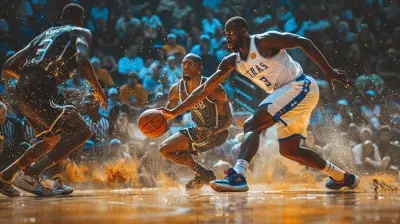
![The Humble Beginnings of [Player Name]: From Dreamer to Dominator](/pictures/blog/small/the-humble-beginnings-of-player-name-from-dreamer-to-dominator_2.webp)
